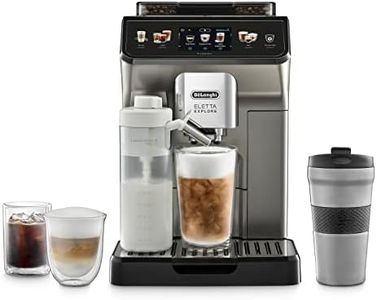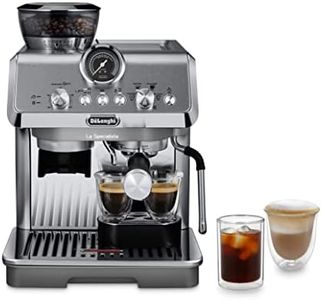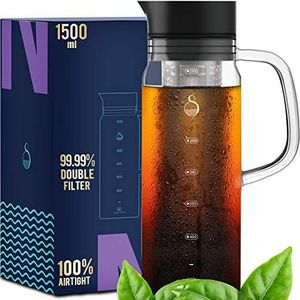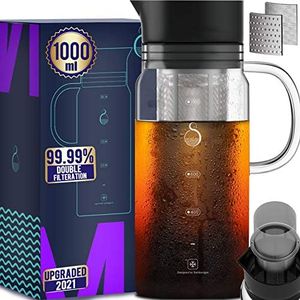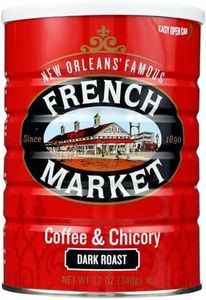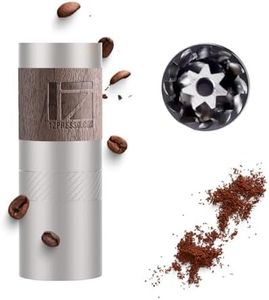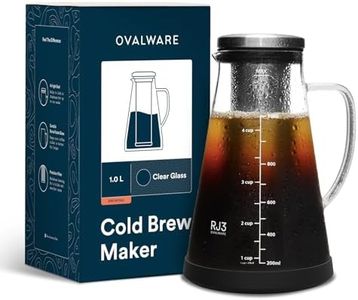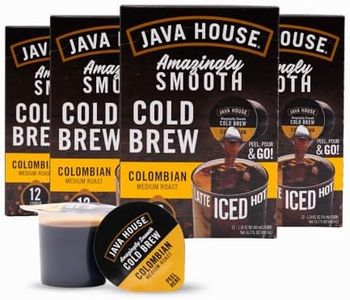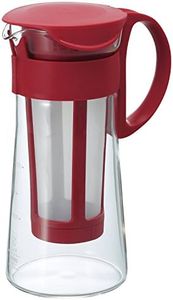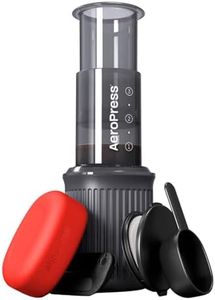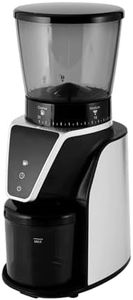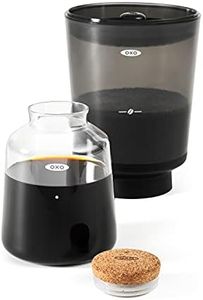We Use CookiesWe use cookies to enhance the security, performance,
functionality and for analytical and promotional activities. By continuing to browse this site you
are agreeing to our privacy policy
10 Best Coffee For Cold Brews
From leading brands and best sellers available on the web.Buying Guide for the Best Coffee For Cold Brews
Choosing the right coffee for cold brews can make a big difference in the final taste and overall experience. Cold brew brings out different qualities in coffee compared to hot brewing methods, so you want beans and a grind that will best suit a slow, cold extraction. When deciding what coffee to use, focus on a few important aspects like the type of bean, roast level, grind size, and freshness. By understanding these, you can tailor the flavor to match your preference, whether that’s bold and chocolatey or bright and fruity.Bean TypeCoffee beans generally fall into two main types: Arabica and Robusta. Arabica beans are known for their smoother, more nuanced flavors, often including hints of fruit, chocolate, or nuts. Robusta beans tend to be stronger, more bitter, and contain more caffeine. For cold brew, Arabica is usually preferred as the brewing method naturally brings out the sweeter, less acidic notes, but if you like a stronger, bolder flavor, consider blends that include some Robusta. Think about the flavor profile you enjoy most, and use that as your starting guide.
Roast LevelRoast level refers to how long and how dark the beans are roasted. Coffee is generally categorized as light, medium, or dark roast. Light roasts tend to have brighter, more acidic flavors and showcase the bean's origin, medium roasts offer a balance between acidity and body, and dark roasts are richer, chocolaty, and sometimes smoky. For cold brew, medium to dark roasts are popular because cold brewing smooths out bitter edges and brings out natural sweetness, but if you prefer a livelier, fruitier drink, you can try a light roast. Your pick should be based on whether you like your cold brew on the sweeter, chocolatey side or enjoy brighter, more acidic notes.
Grind SizeGrind size is how coarse or fine the coffee is ground. For cold brew, a coarse grind is essential since the coffee steeps in cold water for several hours. Fine grinds can lead to over-extraction, making the brew bitter and muddy. Coarse grounds, similar to sea salt in size, help ensure smooth, clean flavors. So when picking coffee for cold brew, make sure it’s either sold as coarse ground specifically for this purpose or buy whole beans and grind them just before brewing to a coarse texture.
FreshnessFreshness refers to how recently the coffee was roasted. Coffee starts to lose its flavor and aroma soon after roasting, so fresher beans tend to produce a more flavorful cold brew. Pre-ground coffee loses freshness faster than whole beans. Ideally, buy coffee as whole beans and grind it just before brewing, and check the roasting date to ensure it’s not too old. If buying pre-ground, choose a package with a clearly marked roast date and use it soon after opening. This will help you get the most vibrant and enjoyable cold brew possible.
Single-Origin vs. BlendSingle-origin coffee comes from one location and typically has distinctive, unique flavors, while blends mix beans from different places to create a balanced profile. Single-origins can be fun if you want to explore specific taste notes like berry, citrus, or floral hints, and blends are good if you like a consistent, harmonious flavor. Decide whether you want to experiment with bold, unique flavors or stick with something balanced and reliable for your cold brew.
